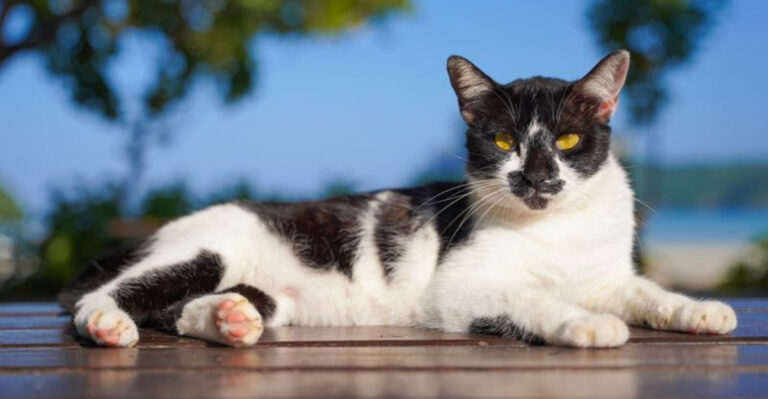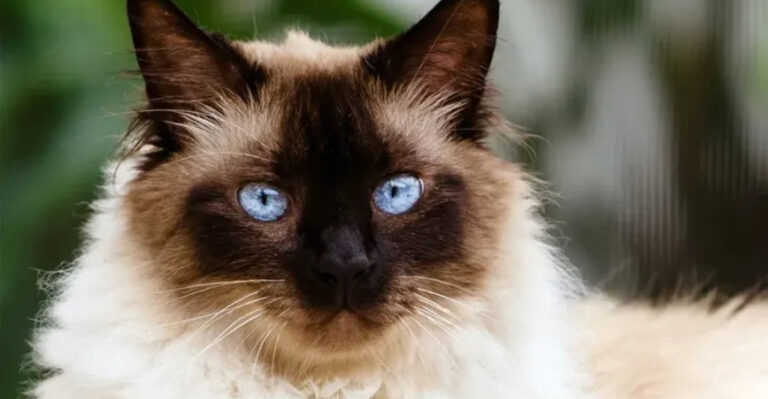Birds That Pollinate: Why Beaks And Wings Matter More Than You Think
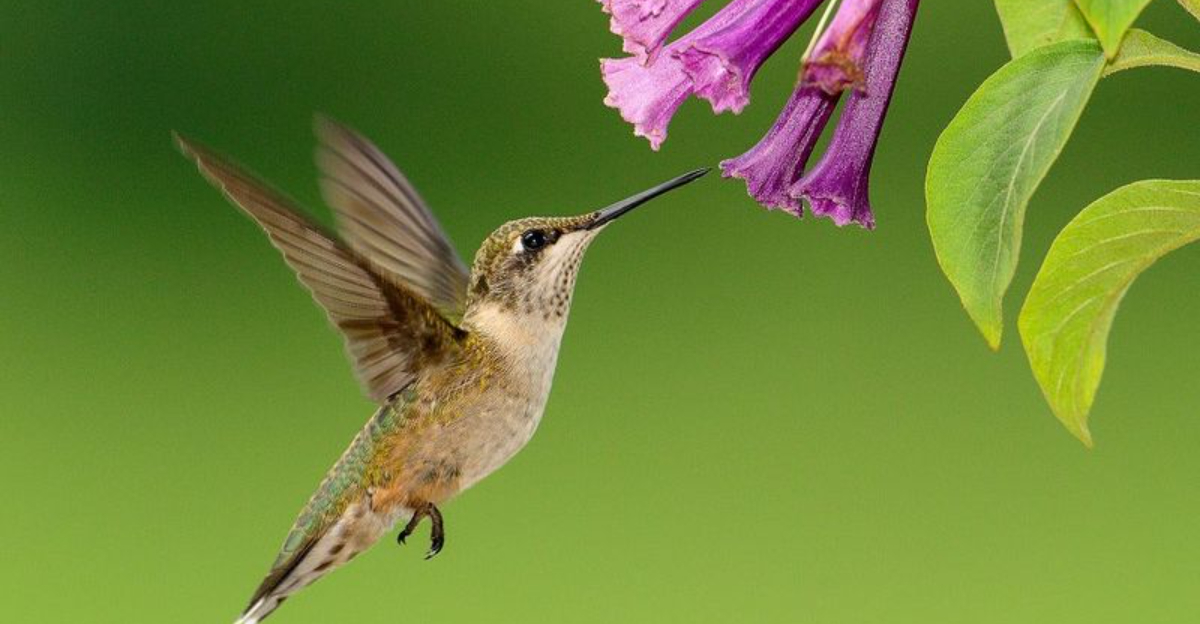
When you think about pollination, bees probably buzz into your mind first. But did you know that many birds are champion pollinators too?
With their specialized beaks and hovering abilities, these feathered friends help countless plants reproduce. Their unique adaptations make them pollination superheroes that deserve way more credit than they get!
1. Nature’s Flying Syringes

Like tiny needles drawing nectar, bird beaks evolved specifically to reach deep into flowers. Unlike bees with their fuzzy bodies, birds use precision targeting to access plant rewards.
This specialized equipment allows them to pollinate flowers that other creatures simply can’t reach. Some tropical plants depend entirely on these feathered syringes for survival!
2. Hover Power Champions
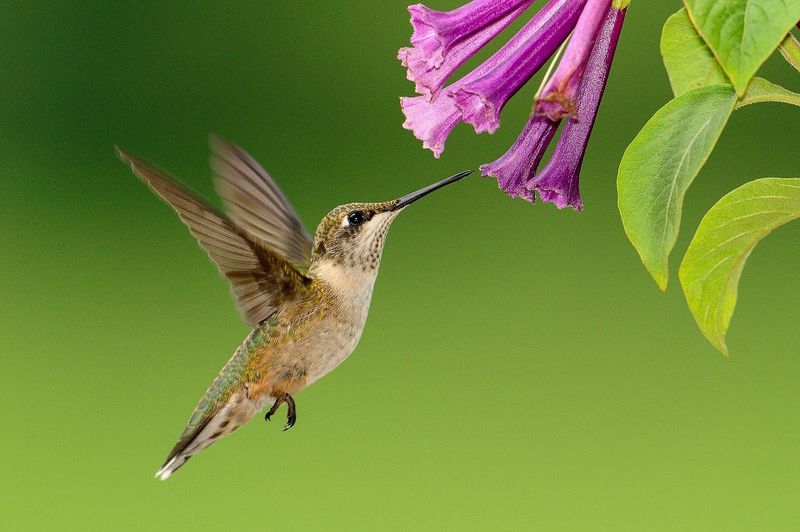
Suspended in mid-air like miniature helicopters, pollinating birds can hover precisely in place while feeding. This incredible aerial stability lets them visit flowers growing in precarious spots where landing isn’t possible.
Hovering burns massive energy – some hummingbirds beat their wings 80 times per second! This unique ability opens up pollination opportunities that ground-based or perching pollinators miss entirely.
3. Color Vision Superstars
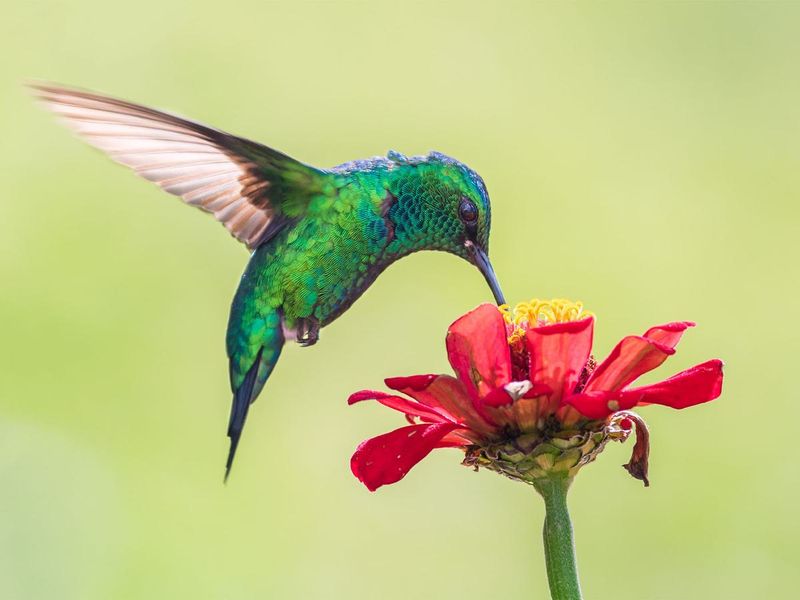
Forget human vision – birds see an explosion of colors we can’t even imagine! Many pollinating species have specialized vision that detects ultraviolet patterns on flowers invisible to us.
These hidden “nectar guides” act like airport landing lights, directing birds straight to the sweet reward. Plants evolved these UV signals specifically to attract their bird pollinators, creating a secret visual language between species.
4. Memory Masters

Surprisingly brainy for their size, pollinating birds remember exactly which flowers they’ve visited and when. Some hummingbirds create detailed mental maps of hundreds of flowers in their territory.
They’ll return to specific plants at precisely timed intervals when nectar has replenished. This remarkable memory means they waste less energy visiting empty flowers and provide more reliable pollination service.
5. Long-Distance Champions
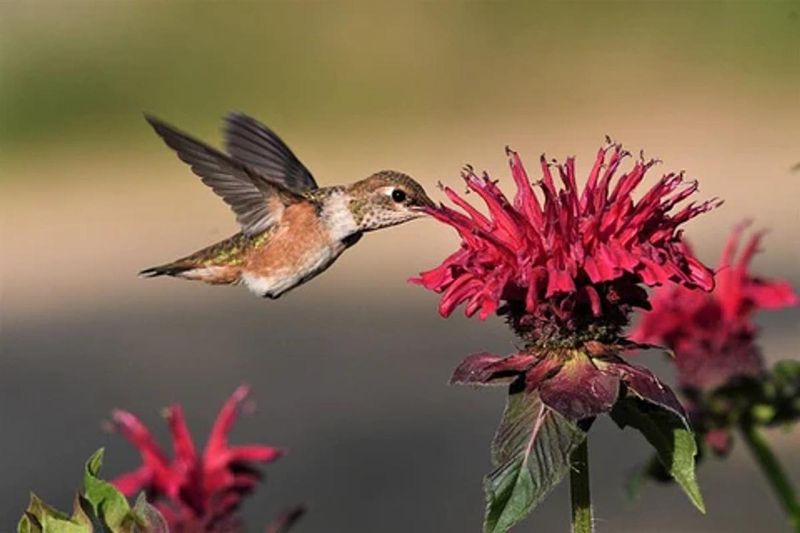
While bees typically forage close to home, pollinating birds cover vast territories. Sunbirds might fly miles between feeding sites, while some hummingbirds migrate thousands of miles annually.
This wanderlust creates genetic mixing between distant plant populations that would otherwise remain isolated. Plants pollinated by birds often show greater genetic diversity than those relying on insects.
6. Rain-Resistant Pollinators
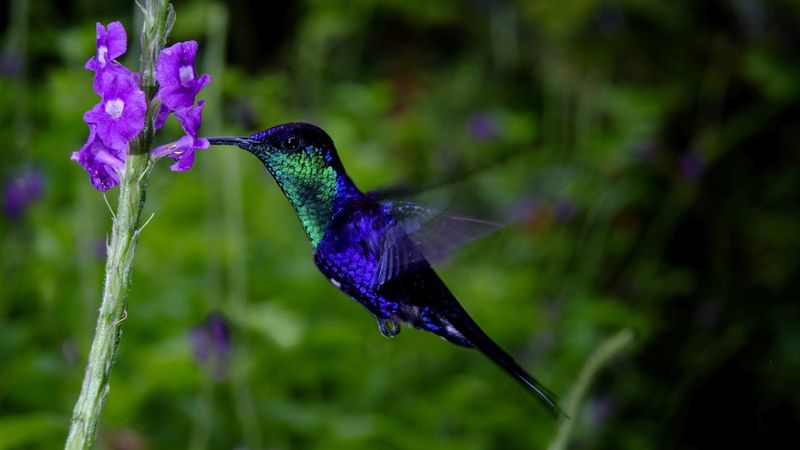
When raindrops ground most insect pollinators, birds keep right on working! Their waterproof feathers and higher body temperatures let them pollinate during downpours that would sideline bees.
In tropical rainforests, this advantage is crucial. Many plants in these wet ecosystems evolved to rely specifically on birds because they’re such dependable pollinators regardless of weather conditions.
7. Specialized Feeding Partnerships

Talk about perfect matches! Some bird species co-evolved with specific plants in remarkable partnerships. The curve of their beak precisely matches the shape of their favorite flowers.
The sword-billed hummingbird sports a beak longer than its entire body – designed for one specific plant! These specialized relationships are so tight that if one partner disappeared, the other might follow.
8. Nectar Thieves No More

Unlike some insects that “rob” nectar by biting holes in flowers (bypassing pollination), birds typically play by the rules. Their anatomy forces them to approach flowers from the correct angle.
This honest feeding behavior ensures pollen transfers properly between plants. The birds get their sweet reward, and the plants get the pollination service they need—a fair exchange millions of years in the making.
9. Feathered Landscape Architects

Beyond just pollinating, these birds literally shape entire ecosystems! By favoring certain plant species, they influence which plants thrive in an area.
Over generations, bird preferences can transform landscapes. The striking red flowers common in many tropical forests? That’s bird pollinator influence at work! Their color preferences gradually shifted plant evolution toward bright reds that birds spot easily.
10. Brush-Tipped Tongues
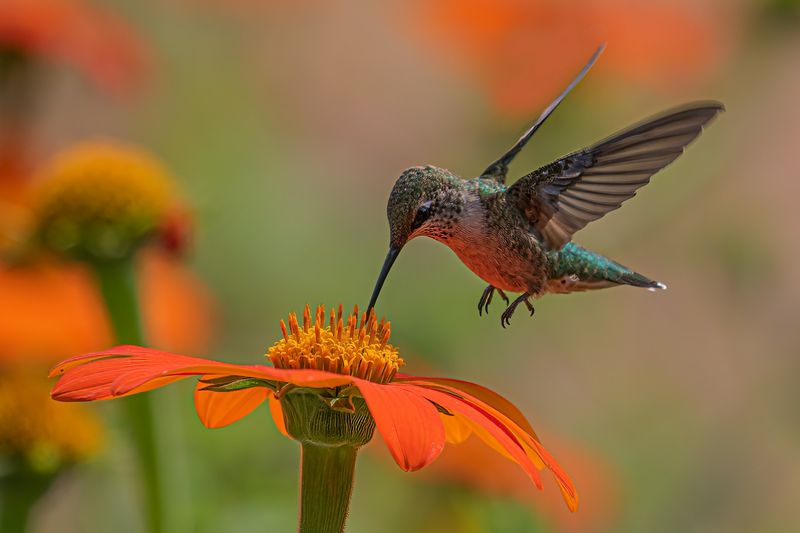
Hidden inside many pollinating birds’ beaks are specialized tongues with brush-like tips perfectly designed for nectar collection. These tiny brushes work like mops, soaking up sweet liquid with remarkable efficiency.
As the tongue darts in and out (up to 15 times per second in some hummingbirds!), pollen sticks to it and transfers between flowers. This specialized equipment makes birds pollination professionals.
11. Threat Response System
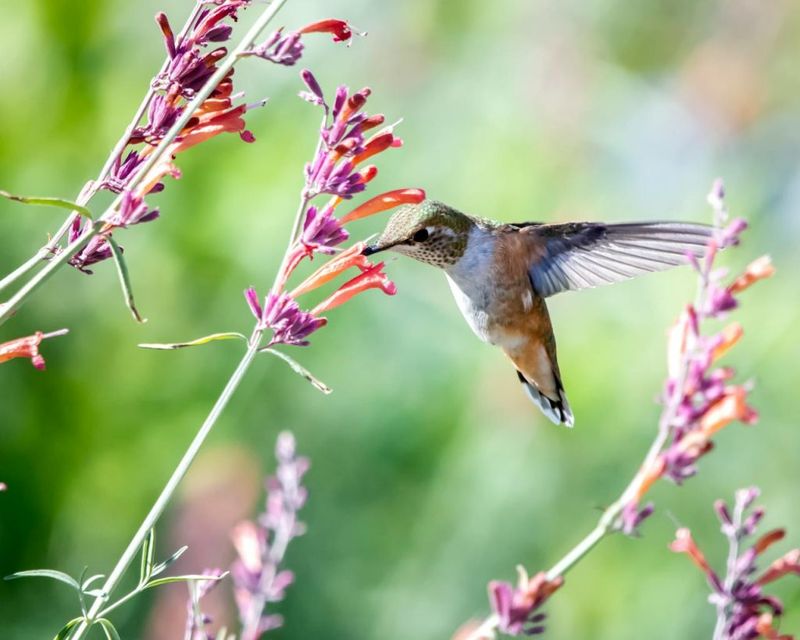
When danger approaches, pollinating birds don’t just flee – they warn the entire ecosystem! Their alarm calls alert other wildlife to threats, creating a protective network that benefits all species.
This communication system helps maintain healthy plant-pollinator communities. By protecting the overall habitat from predators, birds indirectly ensure continued pollination services that keep plant populations thriving across generations.
12. Tropical Forest Saviors
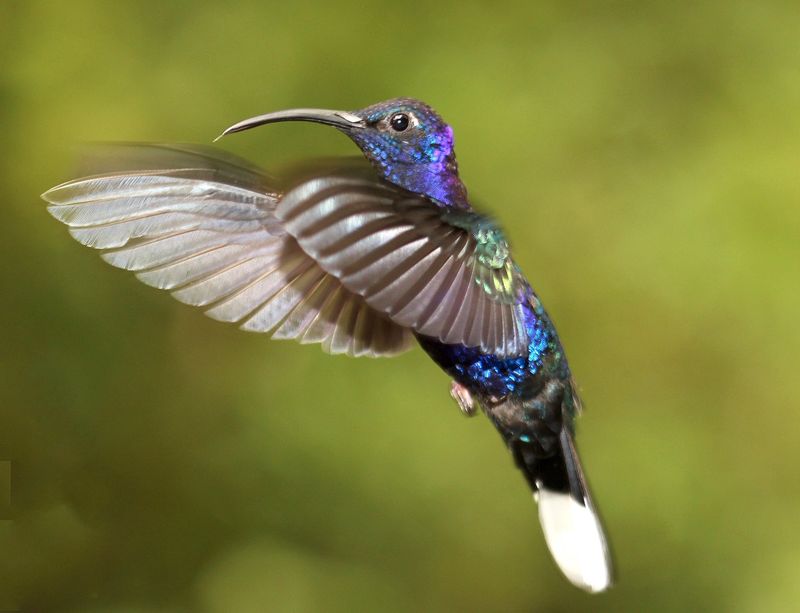
Without bird pollinators, many tropical forests would collapse! In some rainforest areas, birds pollinate up to 10% of all plant species – plants that provide habitat and food for countless other creatures.
These critical connections form the foundation of entire ecosystems. Remove the birds, and you trigger a domino effect that could unravel the complex web of life in these biodiversity hotspots.
13. Island Plant Rescuers

On remote islands, birds often become the primary pollinators by default! With fewer insects available, island plants adapted to attract the birds that made it there.
Hawaii’s curved, tubular flowers perfectly match the bills of honeycreepers that pollinate them. These isolated partnerships demonstrate evolution’s remarkable ability to find solutions even in challenging environments where pollination options are limited.
14. Climate Change Adapters

As temperatures rise, many bird pollinators show remarkable flexibility in adjusting their ranges and behaviors. Some species are shifting to higher elevations or changing migration timing to match when flowers bloom.
This adaptability gives hope for pollination networks under climate pressure. While many insect pollinators struggle with warming temperatures, birds’ mobility and intelligence may help preserve crucial plant-pollinator relationships during environmental change.





